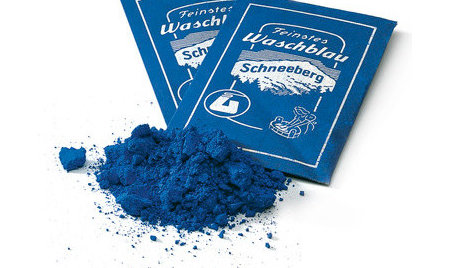Sleeving
drzoidberg
14 years ago
Related Stories

HOUZZ TOURSMy Houzz: DIY Efforts Reward a Berkeley Family
California parents-to-be roll up their sleeves to transform the landscape and spruce up the interior of their Cliff May home
Full Story
HOUZZ TOURSHouzz Tour: Boldly Stylish in Hong Kong
Shedding its tenement past, this small apartment has colorful touches and a few design tricks up its sleeve
Full Story
VALENTINE’S DAYFlow Chart: Are You a Romantic?
Try as you might not to wear your heart on your sleeve, your home may be giving you away
Full Story
HOUZZ TOURSHouzz Tour: Traditional Meets Modern in a Missouri Farmhouse
Don't be fooled by the gable form. This spacious home on 3 acres has many modern surprises up its sleeve
Full Story
PRODUCT PICKSGuest Picks: Tools and Accessories for Inspired Spring Cleaning
You'll be happy to roll up your sleeves and get to work cleaning around the home with these accoutrements at the ready
Full Story
LIVING ROOMSRoom of the Day: Just Right for 2 and a Crowd
Cozy enough for a couple but welcoming to extended family, this Portland home has lots of design tricks up its sleeve
Full Story
KITCHEN DESIGNSweet Ideas and a Truffle Recipe from a Chocolatier's Test Kitchen
A $2,100 budget didn't mean a half-baked kitchen redo; this confectioner just rolled up her sleeves and rolled out the improvements
Full Story
LOFTSDIY Spirit Reinvents an Industrial Home
Armed with a detailed plan from a designer, this homeowner rolled up his sleeves and transformed his Edmonton loft space
Full Story
HOUZZ TOURSMy Houzz: Hard Work Pays Off in a DIY Cottage Renovation
First-time homeowners roll up their sleeves and give their midcentury Montreal home an infusion of style and personality
Full Story
HOUZZ TOURSMy Houzz: Resourceful and Inviting in Denver
Frugal fixes, delightful murals and roll-up-your-sleeves energy override a modest budget in a mountain-town home
Full StoryMore Discussions







MissSherry
ladobe
Related Professionals
Middle River Landscape Architects & Landscape Designers · Apollo Beach Landscape Contractors · Byram Landscape Contractors · Hannibal Landscape Contractors · Roswell Landscape Contractors · New Carrollton Landscape Contractors · Selma Landscape Contractors · Canoga Park Fence Contractors · Castle Rock Fence Contractors · Draper Fence Contractors · League City Fence Contractors · Salt Lake City Fence Contractors · Orangevale Fence Contractors · Compton Window Contractors · Lemont Window ContractorsdrzoidbergOriginal Author
lindam1948
ladobe
ladobe
KC Clark - Zone 2012-6a OH
lindam1948
ladobe
ladobe
MissSherry
ladobe
drzoidbergOriginal Author
bananasinohio
KC Clark - Zone 2012-6a OH
bananasinohio
KC Clark - Zone 2012-6a OH
bananasinohio
mostone
KC Clark - Zone 2012-6a OH
KC Clark - Zone 2012-6a OH
ladyrose65
KC Clark - Zone 2012-6a OH
KC Clark - Zone 2012-6a OH